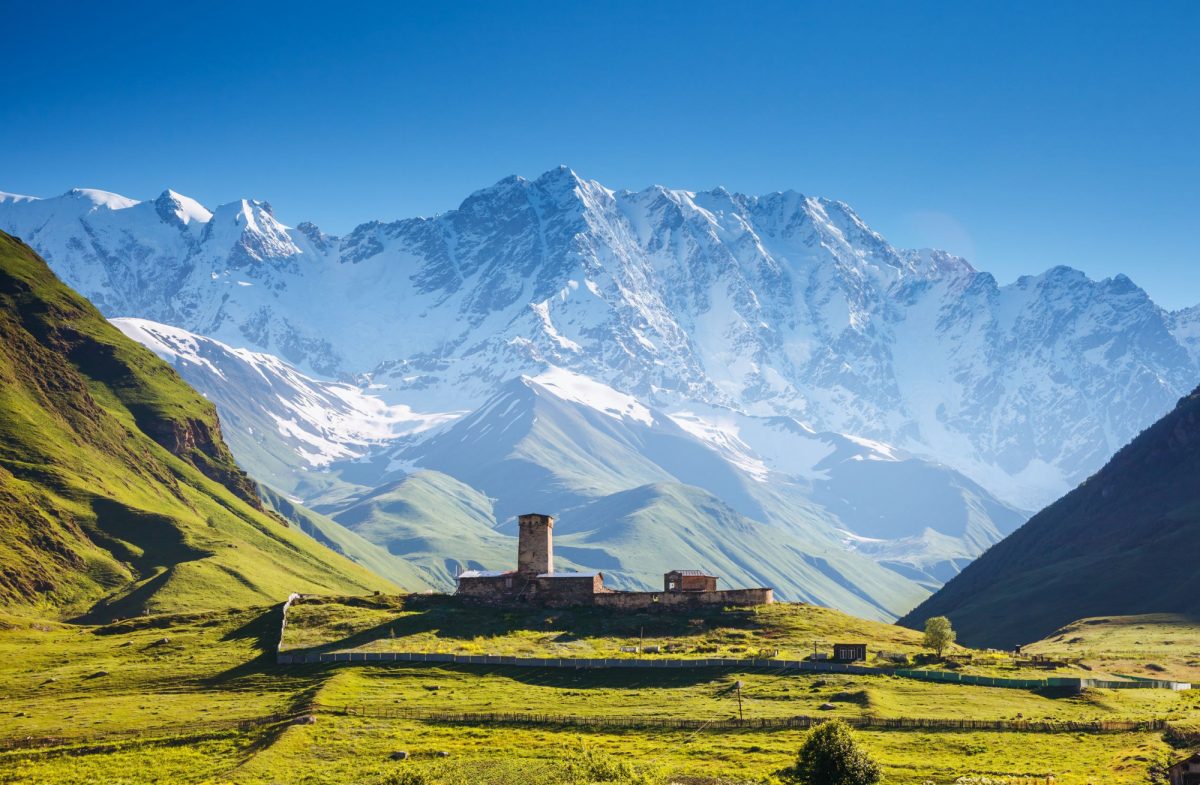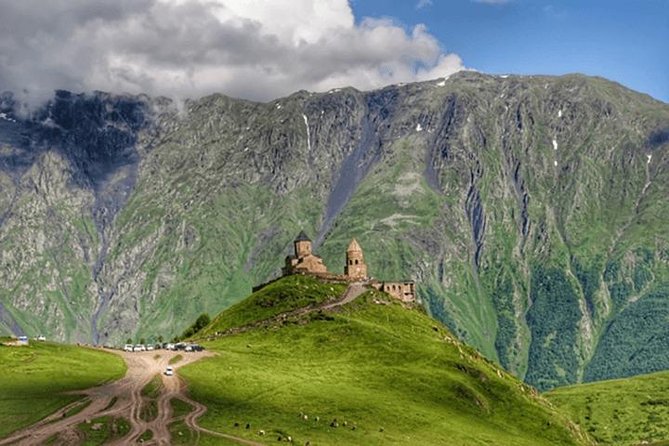Blog

Go back
#Nature
Caucasus - Mix of Landmasses and A Bridge Between Eastern and Western Flora
Anton Chekhov who was considered to be among worlds greatest writers of short fiction famously exclaimed: “in Georgia nature astonished one to the point of madness and despair.”
“I saw marvellous things”, he wrote in his letter to his friend in 1988, "all I experienced seems a dream, and I can't believe it. I saw the sea in all its vastness , the Caucasian shore, mountains, mountains, mountains… it’s a poetry, marvellous fantastic story...”
Amazed by the delicious abundance of its land, Famous French traveler Sir John Chardin wrote about Georgia in 1686: “we may truly say that there is no country where a Man may have an opportunity to fare better than in this.”
American author and Nobel Prize winner John Ernst Steinbeck commented (1947): “ it is a magical place, Georgia, and it becomes dream-like the moment you have left it”.
Caucasus is not only geo political bridge between east and west. The region came into existence about twenty-five million years ago, when the African-Arabian and Eurasian land masses collided. in the broadest sense the new region was still a mix of two old landmasses - and all the plants and animals each contained. As a United Nations report on genetic diversity notes, “ This unique situation has made it possible for the Caucasus to be a bridge between eastern and western flora… This explains why, in some areas of Caucasus, species of European or Asian origin grow next to [native] species, adapted to continental, Mediterenean and subtropical climates.” (Tasting The Past.
Despite being no bigger than Ireland, the country’s frontiers encompass everything from subtropical rainforest to alpine glaciers to desert plains, and thanks to its strategic location along the fabled silk road to Asia, has played host to travelers, traders and tourists alike for the better part of a millennium“. (Darra Goldstein).
The nature of Georgia offers an incredible variety of landscapes, flora and fauna. Nearly one third of the area of the country is occupied with forest concentrated mainly in the mountains. The eastern foothills have extensive coniferous and boreal forest. In the west of Georgia, wooded areas hug the Black Sea coast. The woods of the Black Sea coast are especially rich and varied. There you can see alpine and subalpine meadows, a magnificent variety of herbs, and even subtropical rainforest. Relic pines are frequently found there too.
Endemic flora of Georgian nature includes approximately 2,600 species of fungi. Most notably, the nature of Georgia is bountiful where fruits and vegetables are concerned.
Georgian nature features a river system which comprises nearly 25 thousand rivers and tributaries. They are fed mainly by thawed snow and glacial waters, underground aquifers and atmospheric precipitation.
Over two thousand mineral and thermal springs as well as deposits of therapeutic mud are located in Georgia.
UNESCO lists some of outstanding examples of an exceptional landscapes in Georgia but, as Peakvisor notes, when it comes to its mountains country is fit for any grandeur name. The whole region, which has an area of 170,000 square miles (440,000 square km), is predominantly mountainous. Caucasus is great California-size divide between the Middle East and Asia. Home to 7,742 named mountains in the area The Caucasus are beautiful mountains filled with forests, snow-capped peaks and Alpine lakes.
A member of a British expedition that explored the mountains in 1874 wrote that in "in appearance and inaccessibility and in boldness of form they are beyond the Alps, and probably when they are better known, they will be thought grander and more majestic than the Alps."
The Western Caucasus has been designated a UNESCO World Heritage Site based upon its diversity of geology, ecosystems, and species. It is recognized as the "only large mountain area in Europe that has not experienced significant human impact, containing extensive tracts of undisturbed mountain forests unique on the European scale."
Central Caucasus features Europe’s highest peaks by a considerable margin. There are 200 peaks over 4,000m, 30 over 4,500m and seven over 5,000m, including the granddaddy, Mt Elbrus (5,642m). Mont Blanc, the highest in Western Europe at 4807m, is exceeded by 15 Caucasus peaks.


